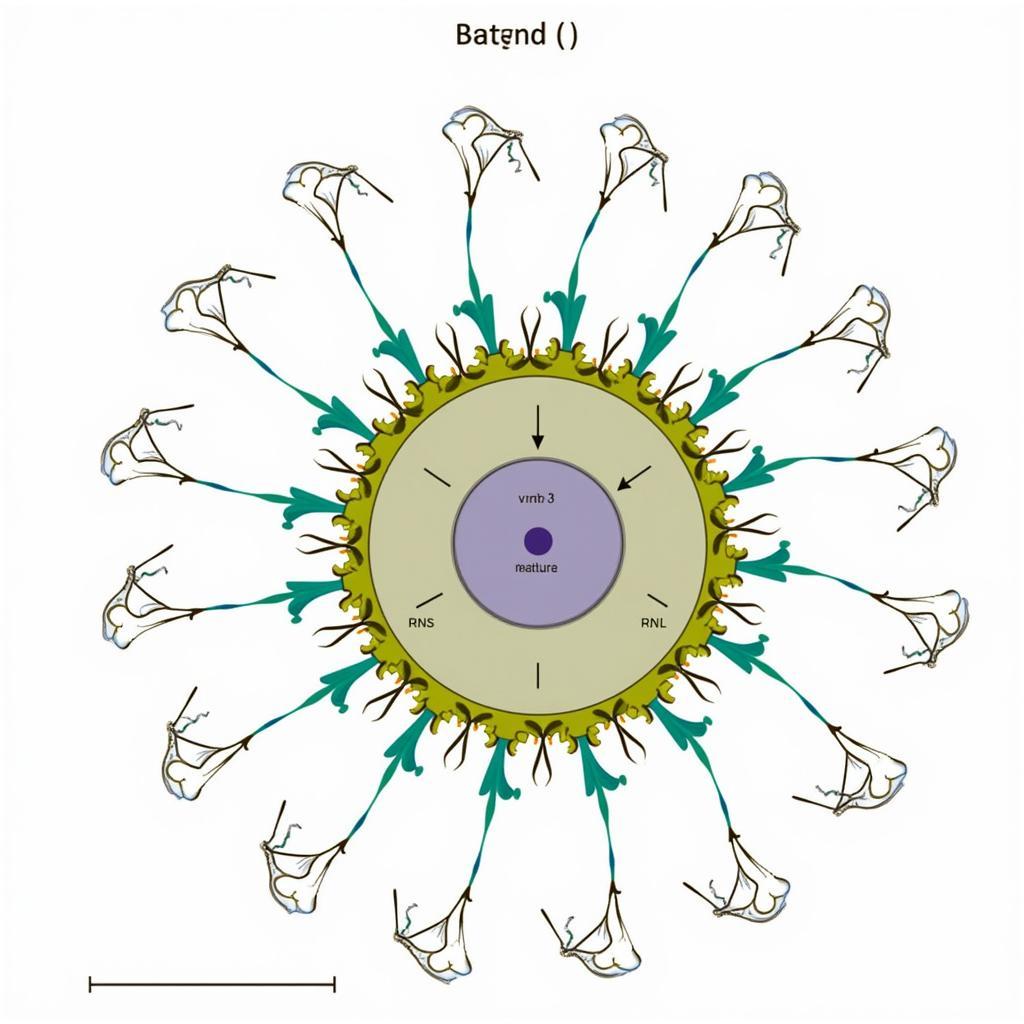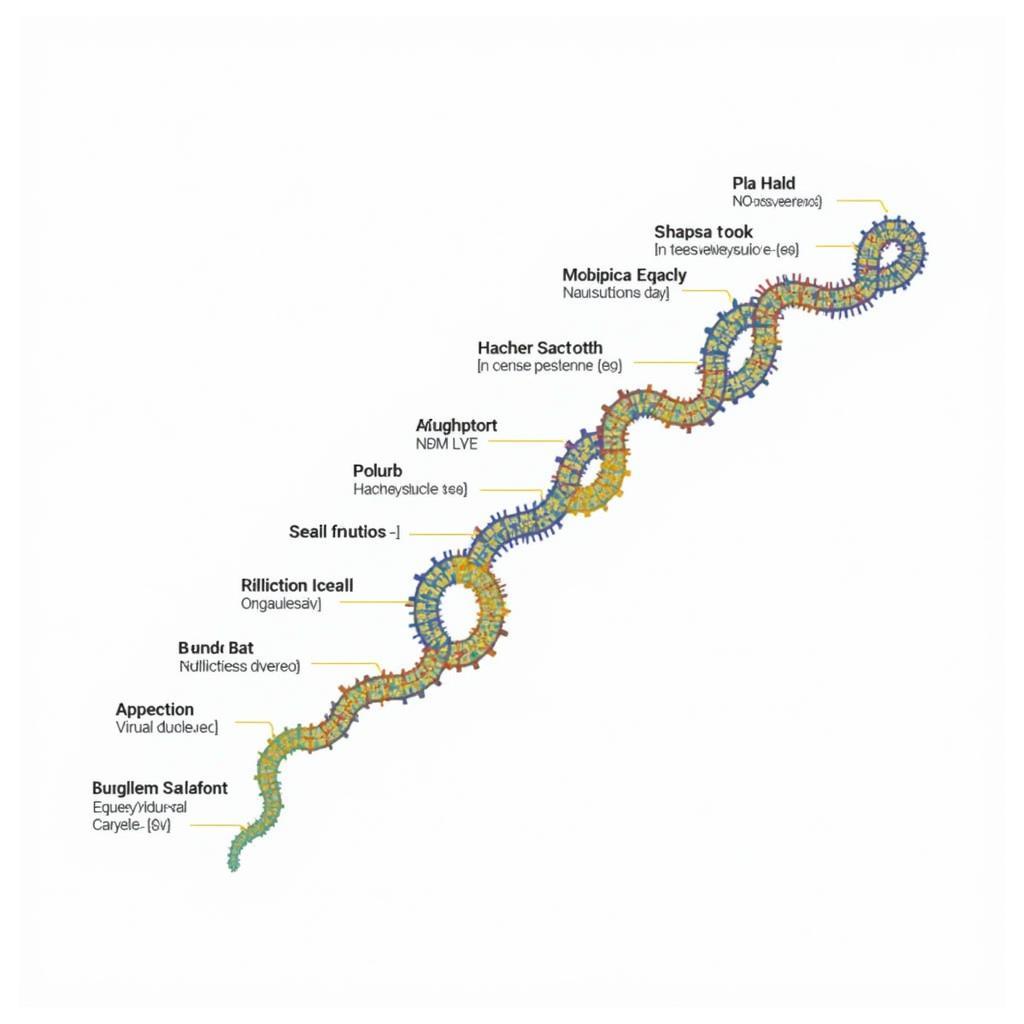Understanding the African Horse Sickness Virus Structure
African horse sickness virus (AHSV) is a devastating disease affecting horses, donkeys, and mules. Understanding the AHSV virus structure is crucial for developing effective vaccines and control strategies. This article delves into the complexities of the AHSV virus, exploring its intricate structure and its implications for disease management. We’ll examine the various components of the virus and how they contribute to its infectivity and virulence.
Decoding the African Horse Sickness Virus Structure: A Deep Dive
AHSV belongs to the Orbivirus genus within the Reoviridae family. These viruses are characterized by their non-enveloped, icosahedral structure and a double-stranded RNA (dsRNA) genome. The AHSV genome is segmented into 10 segments, each encoding a specific viral protein. These segments are packaged within a complex, layered capsid. This intricate structure plays a vital role in the virus’s ability to infect host cells and evade the immune system. The outermost layer is responsible for attaching to host cells, while the inner layers protect the viral genome and facilitate its replication.
The African horse sickness virus’s complex structure contributes significantly to its ability to infect and replicate within its host. Understanding this structure is paramount for effective disease control and vaccine development. Researchers continue to study AHSV’s intricate components to unlock new strategies for combating this deadly disease.
 African Horse Sickness Virus Structure Diagram
African Horse Sickness Virus Structure Diagram
The Role of Viral Proteins in AHSV Infection
Each of the 10 dsRNA segments of the AHSV genome encodes a specific protein, vital for various stages of the viral life cycle. These proteins are involved in processes such as virus attachment, entry into host cells, replication of the viral genome, assembly of new virions, and evasion of the host’s immune response. For example, VP2, the major outer capsid protein, plays a crucial role in the initial attachment of the virus to host cells. Understanding the function of these individual proteins is essential for developing targeted antiviral therapies.
How AHSV Structure Impacts Disease Management
The unique structure of the african horse sickness virus presents challenges for developing effective control measures. Its segmented genome allows for genetic reassortment, which can lead to the emergence of new viral strains with altered virulence or drug resistance. This makes it crucial for ongoing surveillance and research to stay ahead of the evolving nature of the virus.
 African Horse Sickness Virus Genome Segments
African Horse Sickness Virus Genome Segments
A deeper understanding of the AHSV virus structure is paramount for developing effective vaccines and antiviral strategies. Current vaccines primarily rely on inactivated or attenuated virus preparations, but research is ongoing to develop more targeted and effective approaches, including those utilizing recombinant proteins or virus-like particles.
African Horse Sickness Virus Structure and Vaccine Development
Researchers are working to leverage knowledge of the African Horse Sickness Virus Structure to develop more effective vaccines. By targeting specific viral proteins involved in attachment or entry, scientists aim to create vaccines that can elicit a stronger and more durable immune response. african clinical research organisation are playing a key role in advancing these research efforts.
One promising area of research focuses on developing vaccines that target the VP2 protein, which is essential for viral attachment. By neutralizing this protein, vaccines could prevent the virus from entering host cells and initiating infection.
Dr. Asha Mohamed, a leading virologist specializing in AHSV, emphasizes the importance of structure-based vaccine design: “Understanding the intricate architecture of AHSV is like having a blueprint for disabling its machinery. By targeting key structural components, we can develop vaccines that are more precise and effective in preventing infection.”
Conclusion
The african horse sickness virus is a complex and challenging pathogen, and understanding its structure is essential for developing effective control strategies. By continuing to explore the intricacies of the AHSV virus structure, researchers are paving the way for innovative vaccines and therapeutic approaches to combat this devastating disease.
FAQ
-
What type of virus is AHSV?
AHSV is a double-stranded RNA virus belonging to the Orbivirus genus. -
How many segments does the AHSV genome have?
The AHSV genome has 10 segments. -
What is the shape of the AHSV virion?
The AHSV virion has an icosahedral shape. -
What is the role of the VP2 protein?
VP2 is the major outer capsid protein and plays a crucial role in viral attachment. -
Why is understanding the AHSV structure important for vaccine development?
Understanding the structure helps in designing vaccines that target specific viral proteins, leading to more effective prevention. -
Can AHSV infect humans?
No, AHSV does not infect humans. -
How is AHSV transmitted?
AHSV is transmitted primarily through biting midges.
Further Exploration
For more information on related topics, you can explore these resources within our website:
- [Insert link to a relevant article on AHSV transmission]
- [Insert link to a relevant article on AHSV symptoms and diagnosis]
For support, contact us at +255768904061, [email protected], or visit us at Mbarali DC Mawindi, Kangaga, Tanzania. We have a 24/7 customer service team.

